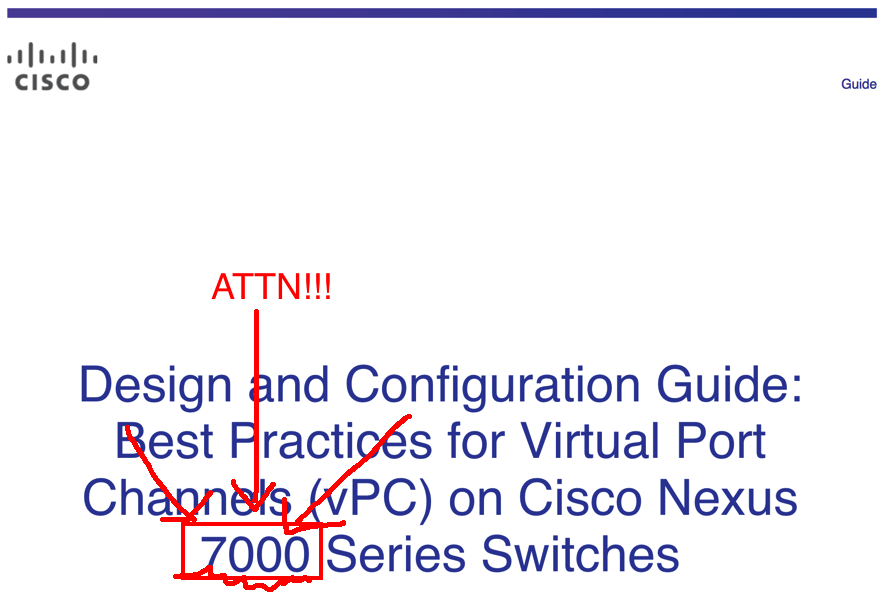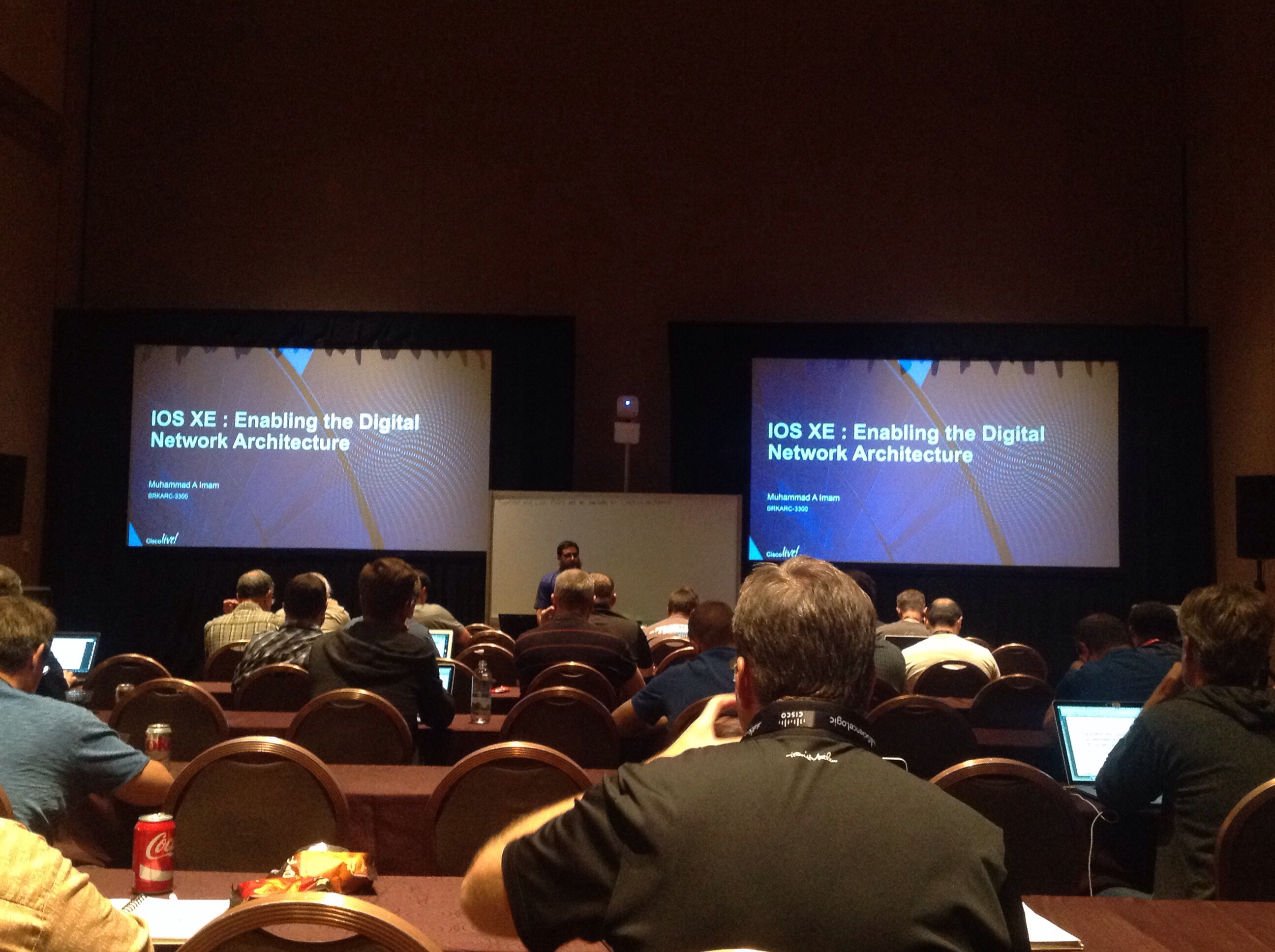For the past few months I've been involved in a case study project with some colleagues at Cisco where we've been researching what the most relevant software skills are that Cisco's pre-sales engineers could benefit from. We're all freaking experts at Outlook of course (that's a joke ?) but we were interested in the areas of programming, automation, orchestration, databases, analytics, and so on. The end goal of the project was to identify what those relevant skills are, have a plan to identify the current skillset in the field, do that gap analysis and then put forward recommendations on how to close the gap.
This probably sounds really boring and dry, and I don't blame you for thinking that, but I actually chose this case study topic from a list of 8 or so. My motivation was largely selfish: I wanted to see first-hand the outcome of this project because I wanted to know how best to align my own training, study, and career in the software arena. I already believed that to stay relevant as my career moves along that software skills would be essential. It was just a question of what type of skills and in which specific areas.







